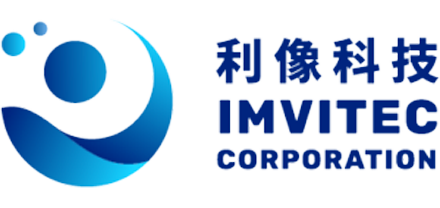Industrial
The industrial application of artificial intelligence can focus on the development, training and deployment of various industrial machine learning models, so that production machines, technologies and processes can operate in a more flexible, efficient and energy-saving manner. Imvitec focuses on using artificial intelligence technology to solve the current industrial problems, so as to provide customers with better solutions and create a higher value.
Technical Description
When fabricating a microchip, the surface of the wafer needs to be polished by a chemical-mechanical planarization (CMP) process to remove excess material and provide a completely flat substrate for the underlying circuit structure.
CMP can locally polish the wafer through the combined effect of physical grinding and chemical etching. Through artificial intelligence optimization of parameters such as pad speed, dresser speed, diamond number, swing arm speed, etc., can be optimized, and the CMP quality and subsequent chip design can be greatly improved.
Image defect detection
Combining AI deep learning and image recognition technology, the system can be trained to identify the appearance of industrially produced products and various forms of defects. Through the image system, the dents and damages of the product can be identified, the time of manual inspection can be reduced, and the details that cannot be detected by the naked eye can be easily detected, therefore, improving the inspection efficiency and stability.
While detecting and rejecting defective products, it can also collect defective product data and analyze the inspection data to further summarize the causes of defective processes at each stage and improve the yield of the production line.
Digital Halftoning Technology
Digital Halftoning is a technique for converting continuous-level images into a limited number of colors. By optimizing the position of the configured ink dots, combined with the characteristics of low-pass filtering of the human eye, it can present a visual experience that is close to continuous tone images. In addition, the area size and arrangement spacing of the printing dots can be further used to present the shades and layers of the image more delicately.
Contemporary digital halftoning technology not only reduces printing costs significantly, but also reduces bandwidth requirements for communication transmission. Using artificial intelligence to continuously optimize digital halftone technology, it can be extended to the fields of image compression and electronic paper research and development, and can also be combined with digital watermark technology to protect the intellectual property of printed documents.


